All-NVMe Storage
What Is An All-NVMe Array?
All-NVMe storage refers to an All-Flash array (AFA). It is a storage infrastructure that contains only flash memory drives instead of spinning-disk drives. All-Flash storage is also referred to as a Solid-State Array (SSA). AFAs and SSAs offer speed, performance, and agility for your business applications.
Where does All-NVMe Storage Fit Into the World of Data Storage?
For most of computing history, datacentres relied on Hard Disk Drive (HDD) technologies configured as network-attached storage (NAS) and/ or storage area networks (SANs).
To facilitate Tiet 0 and Tier 1 applications, data storage companies started to offer expensive high-performance solid-state drive (SSD) options as soon as they became available. The lack of spinning disks means SSDs are an order of magnitude faster than more traditional techbnologies.
Thanks to Moore’s Law, stating the number of transistors in an integrated circuit doubles about every two years, flash storage rapidly developed and became more cost-effective. Finally, All-NVMe versions of NAS and SANs became economically feasible. VFusion Vortex and Vortex Express deals exclusively with All-NVMe storage (AFAs)

Durability
The lack of physical moving parts makes SSDs inherently less vulnerable to drops and shocks than their spinning-disk counterparts.

All-NVMe Storage: Bringing the Benefits of Flash Memory to the Data Center
As you might guess, simply switching out your HDDs with SSDs is enough to increase the speed and performance of your NAS and SAN solutions. The benefits of an All-NVMe array are the same as the benefits of flash memory itself:
Speed:
Faster memory read, write and access times lead to improved speed and performance. The best All-NVMe Storage leverages NVMe over Fabrics (NVMe-oF) to maximize data transfer speeds and latencies throughout a SAN.
Portability
SSDs are significantly smaller than HDDs. On a purely physical basis, flash memory has the advantage of space-per-capacity. On a cost-per-capacity basis, flash memory is quickly closing ground on HDD solutions.

Why Choose VFusion for All-NVMe Storage?
Not every All-NVMe system is created equal. Modern data centers are looking to implement All-NVMe Storage as a solution to performance and capacity demands, but it is important to know the difference between purpose-build storage and retrofit storage. Retrofits use the existing 20- year old infrastructure for traditional HDD- based systems and try to replace all HDDs with NVMEs for All-NVMe storage. This prevents customers from getting the best ROI on the costs of the NVMe’s and it exposes shortcomings in performance, reliability and simplicity.
VFusion Vortex Express storage systems via its stateless architecture and flexible metadata is built from the ground up with NVMe in mind. It has a proven track record of enabling customers to take advantage of both flash and compute advances without being disruptive. The simplicity and agility of VFusion Storage solutions eliminate the constraints of retrofit flash-based alternatives and the complexity of traditional storage portfolios.
All-NVMe Storage vs. Hybrid Storage Storage vs. HDD Storage
When picking the right on-premises data storage solution for your needs, the type of storage becomes important. There are many options, you could go all-NVMe, all-traditional or a hybrid of both. In order to decide on the right solution, factors such as speed, performance, and reliability are only part of the equation. Ease of adoption, maintenance, and security are also top of mind.
In general, All-NVMe storage is the fastest and most performant. After that comes hybrid storage which uses a combination of both HDD and SSDs within the same storage array, putting data that is often accessed on the faster SSDs. While not as fast as All-NVMe storage, cheaper HDDs can be used to add capacity when performance isn’t as important. Traditional storage, which uses only HDDs, is by far the slowest solution.


All-NVME Array Use Cases
Due to the higher cost of SSDs over HDDs, All-NVMe storage has long been treated as the premium SAM solution for Tier 0 and Tier 1 applications in the enterprise-tiered storage hierarchy. However, thanks to Moore’s Law, the cost efficiency of all flash-Storage is on the rise, unlocking higher storage tiers for All-NVMe solutions. VFusion Vortex Express is the first All-NVMe SAN designed to compete at cost with hybrid storage targeting Tier 2 applications.
Tier 0
The highest performance tier (greatest IOPS/$), covers block storage solutions for financial transactions, ecommerce apps, and any applications where performance is a premium.
Tier 1
The second-highest performance tier (balance between IOPS/$ and capacity), covers business processing, data analysis, and data mining.
Tier 2
Lower performance tier (capacity focused), covers email, file, and print, data backups, and archives.
Enterprise Flash Storage Storage from VFusion Storage
Enterprise-grade storage Storage is purpose-built to take advantage of the unique characteristics of flash.
VFusion currently offers two All-NVME storage array product lines to address Tier 0, Tier 1, and Tier 2 storage needs:
Vortex Express
A performance-optimized, All-NVME, end-to-end NVMe and NVMe-oF storage array designed to provide block storage for Tier 0 and Tier 1 applications
Vortex
A capacity-optimized, All-NVME NVMe storage array for Tier 2 applications


Standard NVMe SSDs
Experience the ultimate in storage flexibility with Vfusion’s PCIE Fabric technology. With the ability to support up to 320 2.5” NVMe SSDs, customers can make the most of TLC and SCM based NAND to achieve optimal performance, endurance, and affordability, with a staggering 9.6PB of capacity per array. Say goodbye to the limitations of custom built hardware, and enjoy the benefits of affordability without any compatibility issues.
Dual Management Controllers
A sophisticated GUI, CLI, and APIs for integration with vCenter, Kubernetes CSI, RedFish™, SwordFish™, and SNMP v2.
Modular Power & Cooling
With Vfusion Vortex Express, you can rest assured that your data is protected and your system stays up and running. Its redundant, hot-swappable power and cooling modules ensure that you never have to worry about power failures or overheating, giving you uninterrupted performance and availability.

